Six Sigma is a set of methods and tools for business process improvement and quality management. Six Sigma is a creative and flexible series of methodologies aimed at improving organizational process quality and effectiveness.
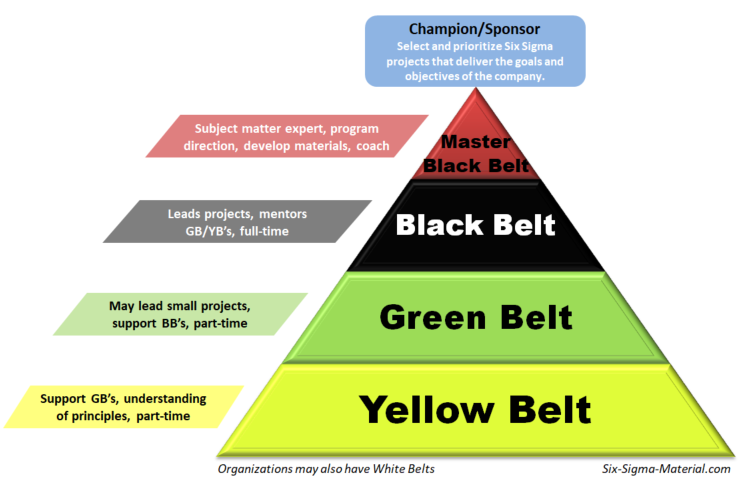 Six Sigma Material Training Courses Calculators Certification
Six Sigma Material Training Courses Calculators Certification
Six Sigma Explained Six Sigma Training Simplilearn - YouTube.
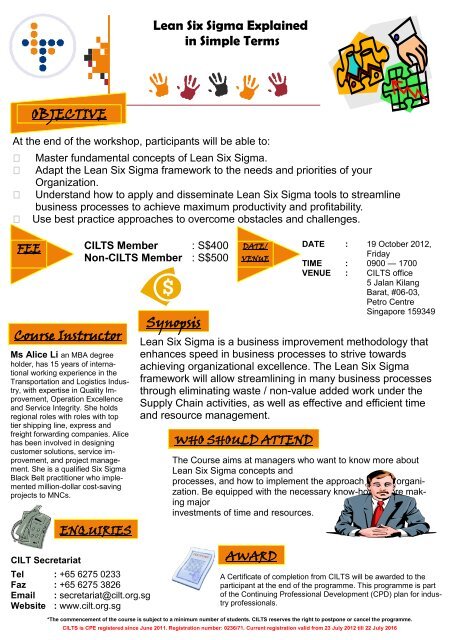
Six sigma explained. Six Sigma In 9 Minutes What Is Six Sigma. As noted its a methodology used to improve the quality of an output in a process. It provides tools for companies to enhance the potential of their business processes.
The concept of Six Sigma has five key principles which is focus on the customer measure the value stream and find the problem get rid of the junk keep the ball rolling ensure a flexible and responsive ecosystem. Six Sigma Explained Six Sigma. NEED AND SCOPE OF SIX SIGMA Every generation of business strives for a new level of quality.
Six sigma explained through principles and methods. This is achieved via a set of quality management methods which feature both empirical and statistical approaches. Six sigma is one of the most important prevention concepts.
Six Sigma is a set of management tools and techniques designed to improve business by reducing the likelihood of error. Six Sigma is a methodology that mainly focuses on eliminating defects in the business processes of the firm. Six Sigma aims to improve quality by finding defects determining their cause and improving processes to increase the repeatability and accuracy of process results.
In the present scenario it is necessary to achieve the global quality which demands prevention concept. In addition to establishing a culture dedicated to continuous process improvement Six Sigma offers tools and techniques that reduce variance eliminate defects and help identify the root causes of errors allowing organizations to create better products and services for consumers. Six Sigma In 9 Minutes What Is Six Sigma.
These principles were employed by the firm to bring down the defect rate in their production line and entire processes. It is a data-driven approach that uses a statistical methodology for eliminating defects. Six Sigma is a quality-control methodology developed in 1986 by Motorola Inc.
The quality program that is currently in vogue and being widely used and recognized by industry is the Six Sigma program. Six Sigma is a disciplined data-driven approach and methodology for eliminating defects driving toward six standard deviations between the mean and the nearest specification limit in any process -- from manufacturing to transactional and from product to service. The focus is on process variations and emphasis is given to customer satisfaction.
The Goal of Six Sigma. The method uses a data-driven review to limit mistakes or defects in a corporate or business process. Six Sigma ranks among the foremost methodologies for making business processes more effective and efficient.
Six Sigma is a data-driven problem-solving methodology. To start lets define the term Six Sigma. The correct tools and use of the Six Sigma scale and methods will keep your data dependable and reusable.
It does this by first identifying and then removing the causes of defects. It was first put into implementation at Motorola but is now in use by most large corporations. What Is Six Sigma.
CONTD Six sigma is a powerful approach to achieve break through improvements in manufacturing engineering and business process. This leads to a myth that Lean is easier than Six Sigma because the visual analysis of Lean is easy to understand while many people are intimidated by Six Sigmas numerical analysis. Six Sigma is a relatively new program and was only started in 1986.
To apply Six Sigma to your business and produce the best results you need to understand what Six Sigma is the principles of Six Sigma and the DMAIC problem-solving method. Motorola was the first company to introduce the Concept of Six Sigma methods in its manufacturing process. Six Sigma primarily uses statistical techniques for analysis and solution creation that are supported with data visualization.
Continuous process improvement with low defects is the goal of this method.
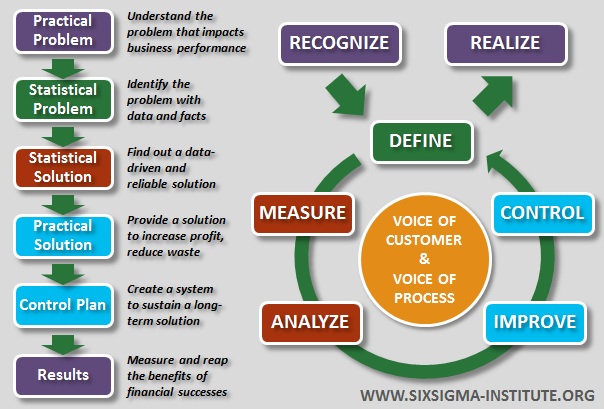 What Is Six Sigma International Six Sigma Institute
What Is Six Sigma International Six Sigma Institute
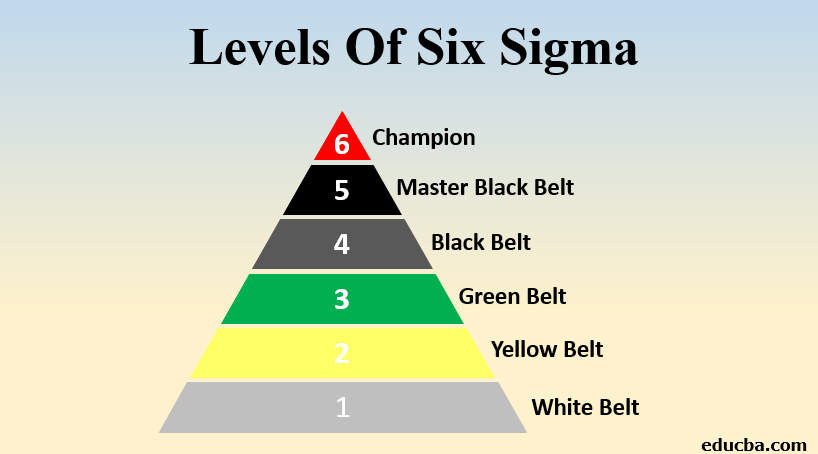 Levels Of Six Sigma Explore The Different Levels Of Six Sigma
Levels Of Six Sigma Explore The Different Levels Of Six Sigma
 Lean Six Sigma Explained In Simple Terms Cilt Singapore
Lean Six Sigma Explained In Simple Terms Cilt Singapore
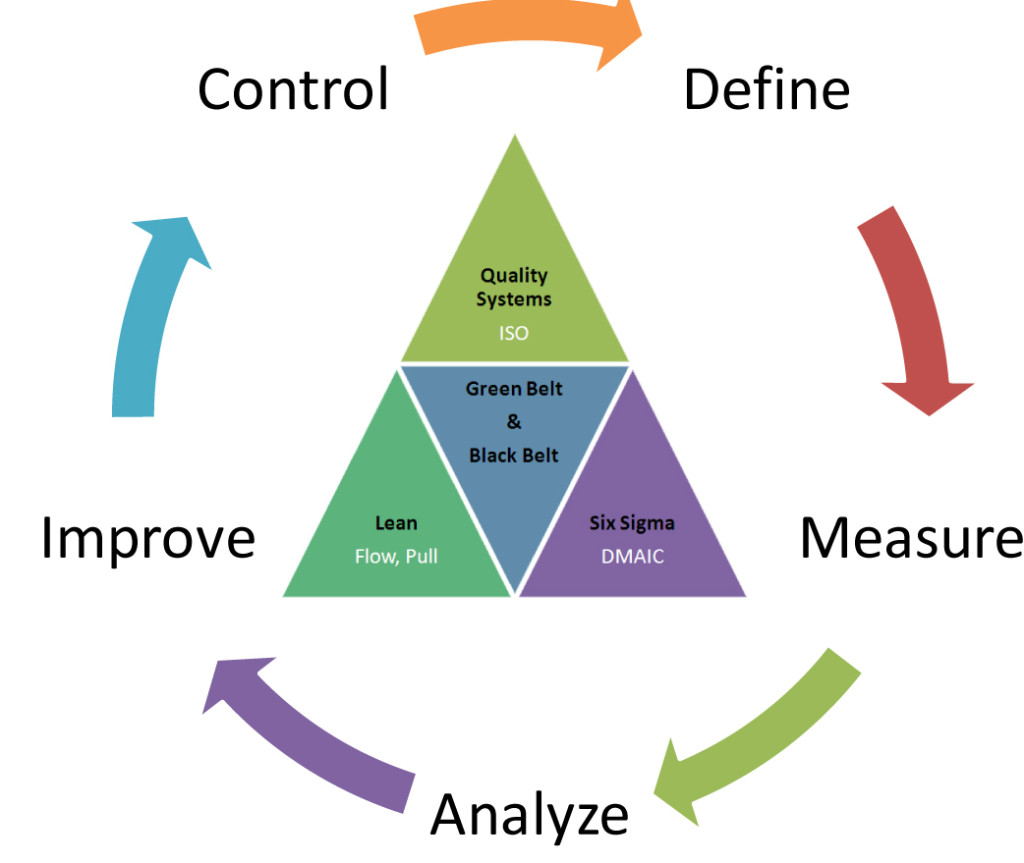 What Is Six Sigma And Why Is It Important Workzone
What Is Six Sigma And Why Is It Important Workzone
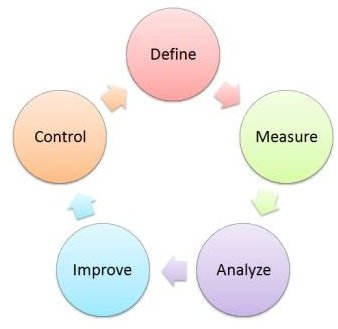 Six Sigma Explained In Plain English What Exactly Is Six Sigma Brighthub Project Management
Six Sigma Explained In Plain English What Exactly Is Six Sigma Brighthub Project Management
.jpg) A Brief Introduction To Lean And Six Sigma And Lean Six Sigma
A Brief Introduction To Lean And Six Sigma And Lean Six Sigma
 Six Sigma Lean Manufacturing And Six Sigma Definitions
Six Sigma Lean Manufacturing And Six Sigma Definitions
 Six Sigma Lean Manufacturing And Six Sigma Definitions
Six Sigma Lean Manufacturing And Six Sigma Definitions
 Six Sigma Overview Business Performance Improvement Youtube
Six Sigma Overview Business Performance Improvement Youtube

 Dmaic Tools Editable Powerpoint Presentation Lean Six Sigma Six Sigma Tools Visual Management
Dmaic Tools Editable Powerpoint Presentation Lean Six Sigma Six Sigma Tools Visual Management

/Lean_Six_Sigma_Structure_Pyramid-671e13ecc9e84e6e922d961234f57124.png)


No comments:
Post a Comment
Note: only a member of this blog may post a comment.